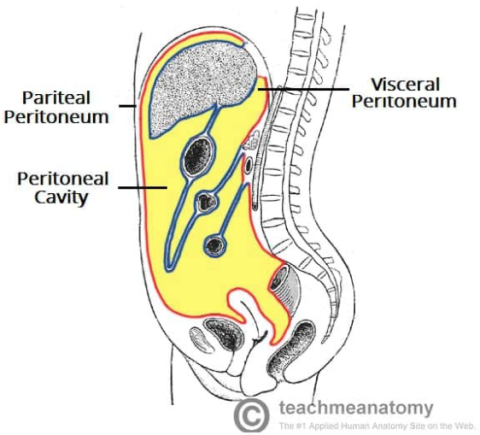Lizards Evolving Placentas? The Debate Between Dr. Jerry Bergman Versus Dr. Dan Stern Cardinale: Common Design or Common Descent?
In a debate with Dr. Dan Stern Cardinale entitled Common Design or Common Descent? streamed on January 18, 2025, 1 when asked to provide an experiment that supports macroevolution, Cardinale stated that
It’s not an experiment, but it is a direct observation in nature; we have lizard populations that are right now in progress converting from laying eggs to giving live birth. That’s macroevolution by anyone’s standards. (1:44:35).







